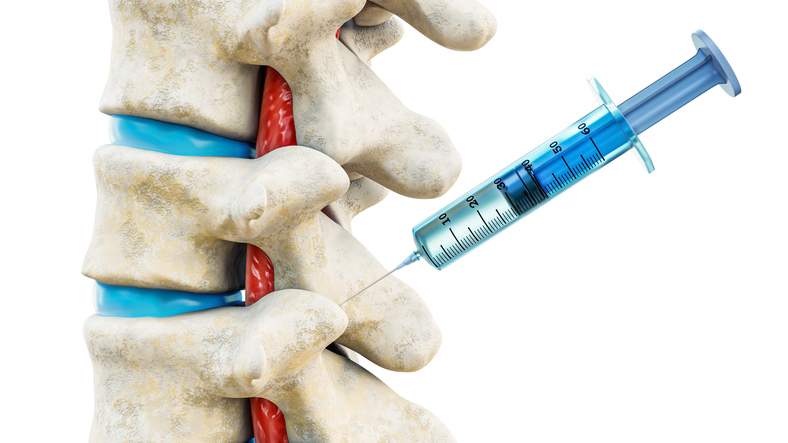Treatments
9 Frequently Asked Questions About Facet Joint Injections
Source: Spine-health, SpineUniverse, WebMD, Healthline, National Center for Biotechnology Information: U.S. National Library of Medicine: National Institutes of Health

60 people found this helpful
Print
Share
Save
Facet joint injections are beneficial as a treatment option for various chronic pain conditions. However, there are many questions surrounding them. The most frequently asked questions about facet joint injections include the following:
- What are facet joints?
Facet joints are small joints located between each vertebra of the spine. A pair of facet joints are located at the back of each spinal segment. These joints help support the spine and allow for range of motion. - What are facet joint injections?
During facet joint injections, a small amount of local anesthetic and steroid medication is injected into one or more facet joints. A local anesthetic provides immediate pain relief, while a steroid medication reduces inflammation and provides long-lasting pain relief. - What happens during a facet joint injection?
An IV will be given to administer relaxing medication. An individual will lie on an X-ray table and the injection area will be cleansed and disinfected. An anesthetic will be given at the injection site to numb the area, which may cause stinging for a few seconds. A few drops of contrast dye are injected into the skin. The contrast dye allows for detailed X-rays to ensure the injection is going directly into the facet joint. The medication is then injected with the use of X-ray guidance. - Are facet joint injections painful?
Slight burning or a pinch may be experienced while the local anesthesia takes effect. However, pain should not be intense. No pain should be felt during the actual facet joint injection, since the area is numbed. Soreness and slight pain may occur for a few days following the injection. - What is done after the facet joint injection?
Approximately 30 minutes following the injection, an individual will attempt to recreate the pain with movement. This helps to determine the effectiveness of the injection. Pain relief may be experienced suddenly, or it could take a few hours. The treated part of the spine may feel weak for several hours following the injection. Normally, individuals are discharged following the procedure and a follow-up appointment is scheduled. - Can facet joint injections increase pain?
Pain may be increased following a facet joint injection. However, this is typically related to swelling of the injection site and is frequently temporary. Once the medication takes effect, pain should improve. Ice packs can help reduce pain and should be placed on the area for 20 minutes at a time. - Does insurance or Medicare pay for facet joint injections?
Insurance companies may cover all or part of a facet joint injection. Prior to the procedure, consult the insurance company to determine coverage. Medicare may cover these injections if certain criteria are met. Criteria may include at least three months of moderate to severe pain, no other conditions are responsible for the pain, medical professionals have acknowledged that the facet joints are the cause of pain, and the pain is not the result of an impinged nerve. - How long does pain relief from a facet joint injection last?
The potential for pain relief is from a few weeks to three months or longer. Facet joint injections can be given up to three times per year. If pain is reduced after this procedure, the facet joints are the root cause of the pain. - When can regular activities be resumed after a facet joint injection?
Any strenuous activities and driving should be avoided on the day of the injection. Regular activities can resume the day following the injection. Physical activity in moderation can be resumed; however, activities should be slowly increased over a one-to-two-week period to avoid heightened pain.


















